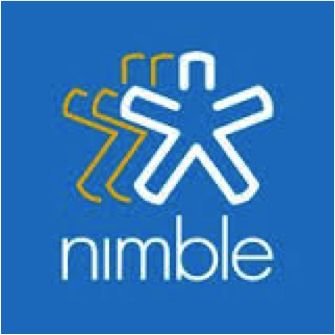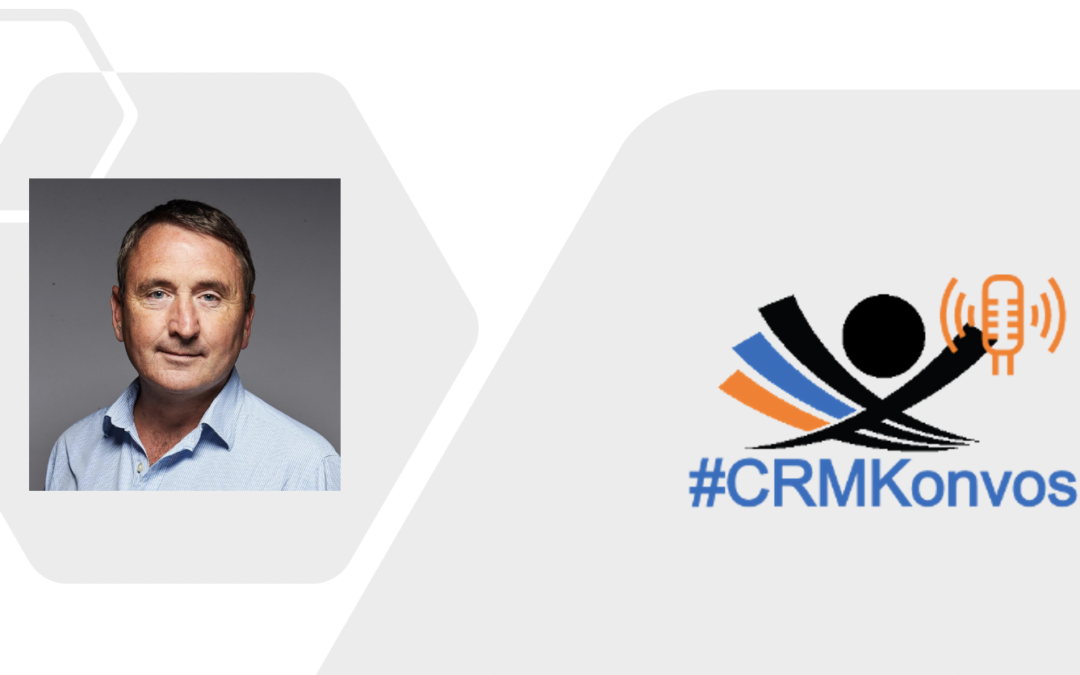
by twieberneit | Nov 10, 2021 | Analysis, Blog |
The News I haven’t written about Nimble in a while. Probably a mistake, because there is always something interesting going on in the Nimble world. Already on October 19 2021, Nimble announced the availability of a workflow functionality that is targeted at enabling teams to replace spreadsheets with a when following through processes. Nimble workflows support Relating workflows to contact records with the objective of getting a complete overview of the relationship, including interaction history, attachments and custom fieldsManaging business workflows across departments to support more than sales and marketing needsPre-built workflow templates that are delivered by Nimble to already support a variety of common workflows for short time-to-valueCreating own workflows by modifying the delivered templates or creating new ones from scratchVisualization in a Kanban- or spreadsheet style with inline editing for making quick changesOffering the ability to add contacts to workflows from emails, websites, web forms, social media, business apps or via Zapier/Integromat and Nimble’s API In the words of Jon Ferrara, Nimble founder and CEO: “Repeatable processes are key to scaling a business, but managing external contact-related workflows across an entire company has historically been very difficult. Most CRM’s are built for salespeople while non-sales teams end up using spreadsheets to manage people processes. Since Nimble is in the business of relationship-building, we realize the importance of effective collaboration. With [Nimble] Workflows, every department in your organization can now manage all people-related processes within your CRM!” As part of the announcement, Nimble emphasizes on its enhanced positioning as being built for the whole company and “not just sales and marketing teams.” The bigger picture Workflows are something...

by twieberneit | Jul 1, 2021 | Analysis, Blog |
I haven’t written much about Nimble recently; actually I haven’t written too much about anything lately. Now it is time to have a look into some interesting news that hit my desktop. The News On June 30, 2021, Nimble announced an integration with Microsoft Teams to streamline workspace collaboration. The integration offers Nimble users to prepare meetings and provides the tools to help getting information on meeting participants from their contact records, the ability to take notes that will be synched to Nimble as well as the ability to send trackable follow-up emails. The capability will be delivered via an add-in to MS Teams. For your convenience, the press release is also copied below. Nimble Integrates with Microsoft Teams to Power Virtual Business Meeting Engagements Nimble Offers Microsoft Teams Add-in to Help Teams Thrive in The Hybrid Workspace SANTA MONICA, Calif. — June 30, 2021 — Nimble, the simple CRM for Microsoft 365 and Google Workspace teams, announced today that they have integrated with Microsoft Teams to give teams a shared view of every customer, and to streamline collaboration between teams. Improve Collaboration and Build Better Customer Relationships Customer data is the most important asset for every organization. The success of every customer relationship management application lies in the data accuracy. Business owners and professionals rely on Nimble to offer a 360 view into the relationships with their customers. Integrating with collaboration applications and seamless synchronization of information and the history of conversations is crucial to improving customer relationships and team productivity. “Our customers rely on Microsoft Teams to work effectively across their organizations and to build and nurture...

by twieberneit | Jan 22, 2021 | Blog, CRMKonvos |
There is one scary fact in the CRM world. Out of roughly 25 million businesses, only 1 percent has a CRM system. Imagine this! It is a huge waste on one side and a tremendous opportunity on the other side. If vendors find the way into the future of CRM. Nimble seems to have found a way. The CRMKonvos team discussed these and other challenges of CRM systems with Jon Ferrara, founder and CEO of Nimble. We are following his path for quite some time now, how he built Nimble from very small beginnings and always with the thought of enriching an ecosystem with his solution that is formed around simplicity and making life easier not only for the salesreps but for other employees, too. Learn how a philosophy of giving and sharing enables own growth by helping others to grow – from someone who achieved this repeatedly. And yes, Jon also knows why social selling and social CRM are not things anymore – if they have ever been. Jon is a true role model. Learn from him how to scale while being yourself, thinking...

by twieberneit | Jul 29, 2019 | Analysis, Blog |
The News Last week, on July 24, 2019 Salesforce announced adding conversation channels to its Salesforce Essentials offering with the goal of giving small businesses more personalized ways to interact with their customers. As usual, you can read the press release below or directly on the Salesforce web site. In a nutshell, Salesforce adds the ability to have conversations with Facebook Messenger, to get notifications when customers comment to posts and videos on Instagram or Youtube, and native phone support. All this can get set up with the help of simple guided walkthroughs. The overall goals are to speed up the setup and to offer a path for growth. The latter being offered by the fact that Salesforce Essentials is built on the same platform as Salesforce’s enterprise applications and is essentially an entry tier for small businesses. Still, talking to Melissa Meli, Director of Product Marketing for Salesforce Essentials, the emphasis is on easy. Salesforce Adds New Conversation Channels to Salesforce Essentials, Giving Small Businesses Personalized Ways to Interact with Customers With Salesforce Essentials, small businesses can easily adopt the world’s #1 CRM platform— designed to scale and grow with them New social, chat and phone capabilities in Salesforce Essentials empower small businesses to communicate with customers on their preferred channels—and can be deployed in just minutes Customers like G Photography, Mission.org and PepTalkHer rely on Salesforce Essentials to reimagine and grow their business SAN FRANCISCO—JULY 24, 2019—Salesforce [NYSE: CRM], the global leader in CRM, today delivered new conversation channels in Salesforce Essentials, the all-in-one CRM solution built specifically for small businesses. Salesforce Essentials empowers every small...

by twieberneit | Jul 7, 2019 | Blog |
We are now almost fourty years after the first CRM tools were introduced, initially as helpers for the sales force, but then with an ever increasing scope. We have seen ‘CRM’ systems start as point solutions that morphed into suites – and back to what is called ‘best-of-breed’ to witness the rebirth of the suite. We have seen CRM as a strategy, as a tool. There has been social CRM, and more recently we have seen customer engagement management (CEM), even customer experience management (CXM). Regardless of the name and scope, the goal has always been to help businesses and their representatives on one side and customers on the other side to build lasting and profitable relationships. Amazingly, many users, especially salespersons, still hate CRM. Why? And how can this be overcome? A little history of CRM In the early days we have seen activity management tools, contact management tools, and account management tools, the latter as a kind of shared electronic rolodex. One of the important tools at this time was Goldmine, that successfully combined activity-, account- and contact management for teams, as a first of a kind. Amazingly, founded in 1989, Goldmine is still around. Salespersons used some of these tools and hated the fact that they weren’t integrated. They had to use and live with many different tools, which improved some aspects of their lives – or not. As a consequence we have seen the emergence of sales force automation (SFA) tools that targeted at integrating and streamlining sales processes from lead to order and to establish a common repository of data that could get used...






